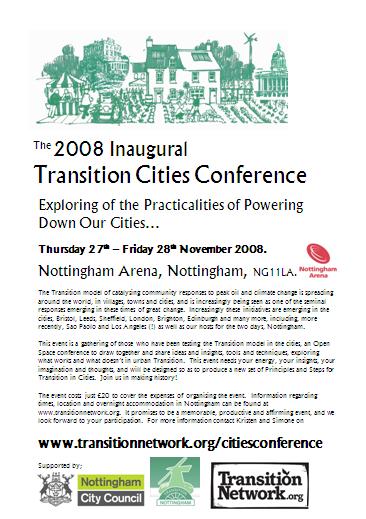
However, his immediate proposed solution promoted urban sprawl and has, over time, proven distasteful-and coined by Jane Jacobs as being “the most dramatic idea”-as it encouraged excessive reliance on automobiles. He supported that cities were not efficiently planned for them to be considered “sustainable”, and the only alternative was to demolish and re-plan and rebuild with sustainable dimensions being infused. This form of urban approach could be traced back to the celebrated modernist architect le Corbusier, who laid the blueprint for urban sprawl in his bid to escape the unsustainable urban environment. Regarding biodiversity, cars have led to urban sprawl, negatively impacting green reserves and forest and arable lands as more people opt to reside in those areas to escape chaotic urban environments entering a catch-22 situation where the need for habitable environments need to be balanced with new infrastructures tied to accessibility to basic amenities, which are not always observed in sprawled areas. Appleyard interestingly notes that the availability of cars has also resulted in increasing financial burdens on different households, resulting from the lost time in traffic, the demand for fuel and the increasing cost of vehicle maintenance. Such outcomes are also linked to low air quality as a result of increased emissions and the energy demand (fuel) to keep vehicles on the roads. The wide-ranging availability of cars flooding streets in cities, as noted by Gössling, has led to continuous negative impacts on both biodiversity and quality of life, linked to negative outcomes such as increased traffic congestions, which, besides psychological and social tolls, translate to time and economic loss. In cities, cars changed the dynamics of urban planning, opening doors for linear and perpendicular city grids and the devastating consequences of urban sprawl. While the advent of cars was celebrated for the numerous possibilities it brought in terms of mobility, trade and social class association, it has had numerous documented negative and severe impacts on the socio-economic fabric. With the concept gaining ground in popular media and its subsequent adoption at policy level in a number of cities of varying scale and geographies, the present paper sets forth to introduce the concept, its origins, intent and future directions.


The concept, offering a novel perspective of “chrono-urbanism”, adds to existing thematic of Smart Cities and the rhetoric of building more humane urban fabrics, outlined by Christopher Alexander, and that of building safer, more resilient, sustainable and inclusive cities, as depicted in the Sustainable Development Goal 11 of the United Nations. While cities endure lockdowns in order to ensure decent levels of health, the challenges linked to the unfolding of the pandemic have led to the need for a radical re-think of the city, leading to the re-emergence of a concept, initially proposed in 2016 by Carlos Moreno: the “15-Minute City”.

The socio-economic impacts on cities during the COVID-19 pandemic have been brutal, leading to increasing inequalities and record numbers of unemployment around the world.


 0 kommentar(er)
0 kommentar(er)
